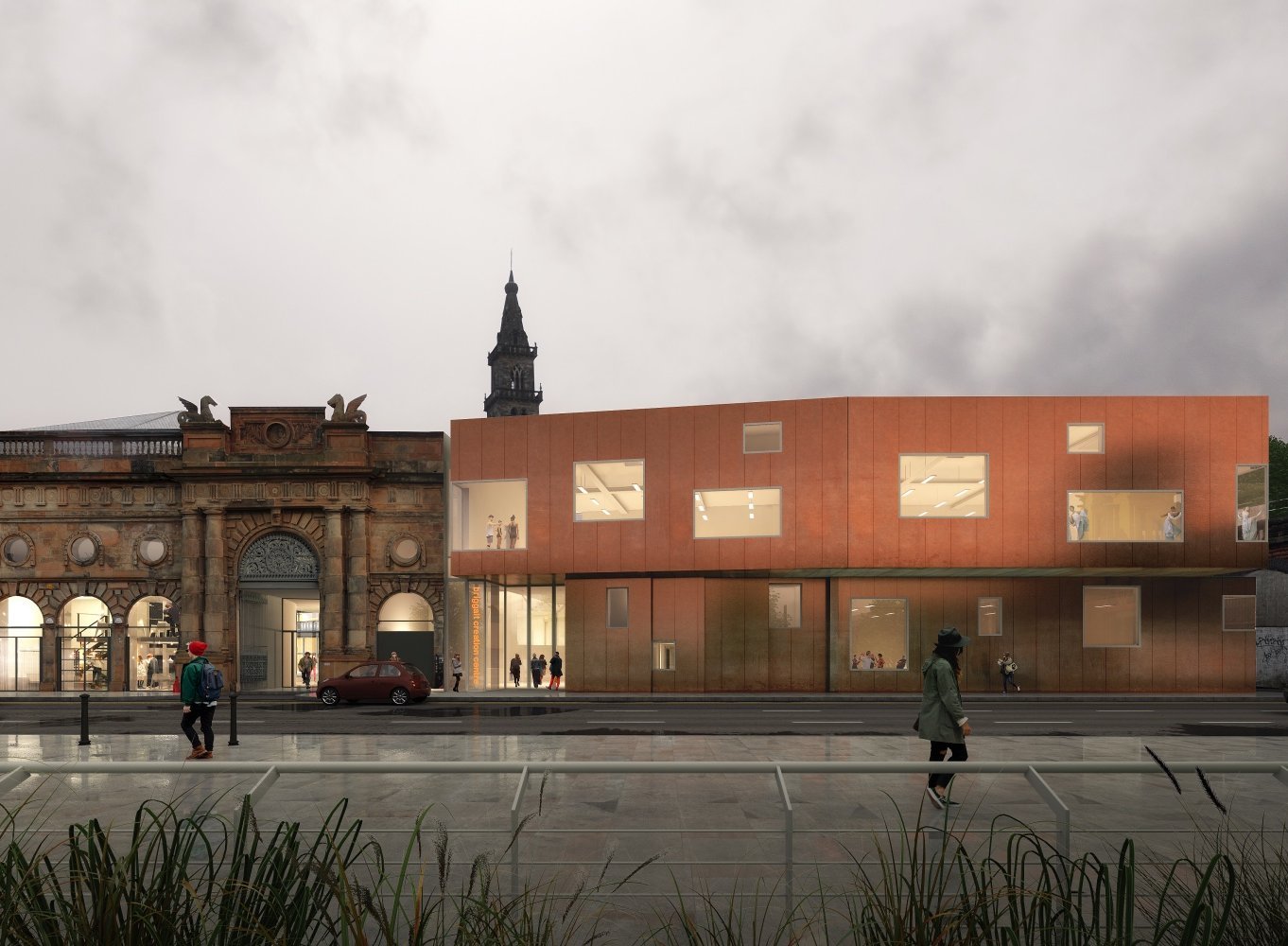
A space to thrive
To nurture and retain new artistic talent, you need affordable studio space. Audrey Carlin explains how Wasps is helping Scotland to strengthen its cultural scene.
Scotland is overflowing with creative talent, but a co-ordinated drive is needed to ensure the sector has the infrastructure in order to flourish. Wasps is a social enterprise providing affordable workspace for 900 people, from a range of cultural disciplines, in 17 complexes across the country – from Shetland to the Borders and in the major cities.
There are many parts of the country where young people are studying creative courses that offer few prospects when they graduate
More is on the way as we push ahead with plans for Scotland’s first, and the UK’s largest, creation centre by the end of 2017. It will be a new cultural offering, a dedicated base for dance and a home for the rapidly expanding physical performance sector including circus, street theatre, flying trapeze and other aerial skills.
It will also complete the regeneration of the Briggait, a Grade A-listed Victorian and Edwardian market complex in Glasgow’s medieval Merchant City.
Retaining talent
We hope it will help Scotland nurture and retain emerging and established talent and allow people from many areas of the arts to come together in novel collaborations. The lack of such a facility has meant that some people have never had the chance to develop their talents, while others have left the country for training and work.
As somewhere renowned for its festivals and events, Scotland has wonderful prospects, but often lacks the means to realise them. The Briggait Creation Centre will be a hub for 600 professional artists, physical performers and dancers, as well as home to five arts organisations: Dance House Glasgow, Conflux, Indepen-dance, Aerial Edge and YDance.
It will serve a wide cross-section of the community from children to adults, from beginner to world-class professional. The benefits are not just cultural and economic but deeply personal. We see it as a place of joyfulness that will enhance health and wellbeing.
Importantly, the creation centre has brought together artists, performers, businesses, local and central government and the third sector in pursuit of a common vision that will yield an abundance of benefits. Co-operation, commitment and ambition of this kind are needed throughout our creative sector and in every part of Scotland.
Need for a coordinated approach
While there is a sense that our £3.7bn creative industries sector (and the nearly 72,000 jobs it brings) is valued, we are not quite there yet in terms of having a coordinated nationwide approach.
There are many parts of the country where young people are studying creative courses that offer few prospects when they graduate. Just as problematic is that many young people simply aren’t equipped with the business skills they need to thrive after graduation. Too many bright prospects are lost from Scotland as they go elsewhere or leave the creative sector altogether, as they grab any job they can to make ends meet.
The small city of Perth, for example, has 700 students on creative courses and many of them would love to pursue careers in this beautiful area, but they can’t. We are working with the local authority to transform a large former school building into a studio and workspace complex.
A similar project is underway in Inverness and we are also looking at Stirling. In the next few months we have centres opening in Skye and Orkney. These have a special significance because there is a considerable challenge for Scotland to find ways of strengthening fragile rural economies.
New needs for creatives
Providing more workspace is part of the answer, but it has to be fit for purpose. Once the demand was for white rooms to work in, but creatives now need connectivity, collaborative spaces and additional support such as receptionists.
And even though our origins were in visual art and craft, we increasingly see the need to offer exhibition, display, performance and rehearsal space as standard.
The benefits are clear from the Hanson Street complex in Glasgow, a former cigarette factory, which is earning a reputation as a venue and focus for some exciting work. Earlier this year a temporary cinema was created there for one of our three Glasgow International festival exhibitions.
Soon it will host an exhibition by Anna FC Smith called ‘The Last Bound Sheaf’. Anna will use locally grown tobacco, and stories from former factory workers, to explore Glasgow’s simultaneously lucrative and destructive relationship with smoking. It’s exactly the kind of outward-looking project that engages communities and strengthens their relationship with the arts.
A coherent plan
This in turn feeds into the cultural economy’s potential in reviving local economies, providing careers, retaining talent and regenerating communities. But for this to happen there has to be a coherent plan and joined-up implementation. It needs to be comprehensive, encompassing education, training, business skills and professional development, while ensuring the right spaces and facilities are widely available.
This is something Scotland is quite capable of doing if all the interested parties pull together. And the prospect of strengthening our culture, our economy and the lives of our people must surely make it worth the effort.
Audrey Carlin is Senior Executive Director for Business Development of Wasps Artists’ Studios.
www.waspsstudios.org.uk
Join the Discussion
You must be logged in to post a comment.